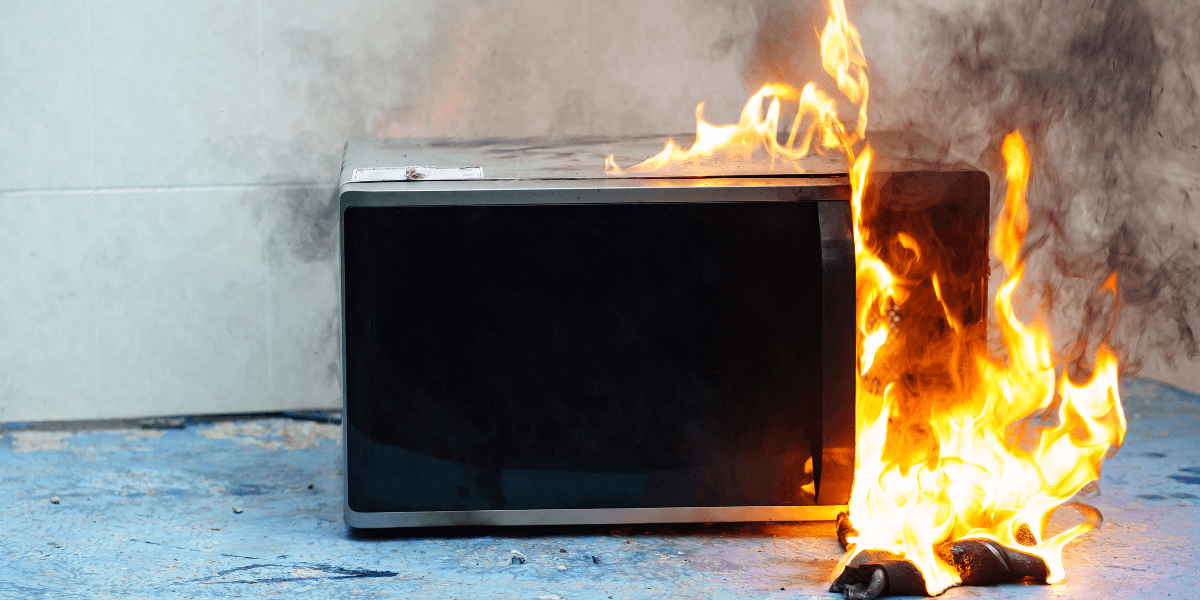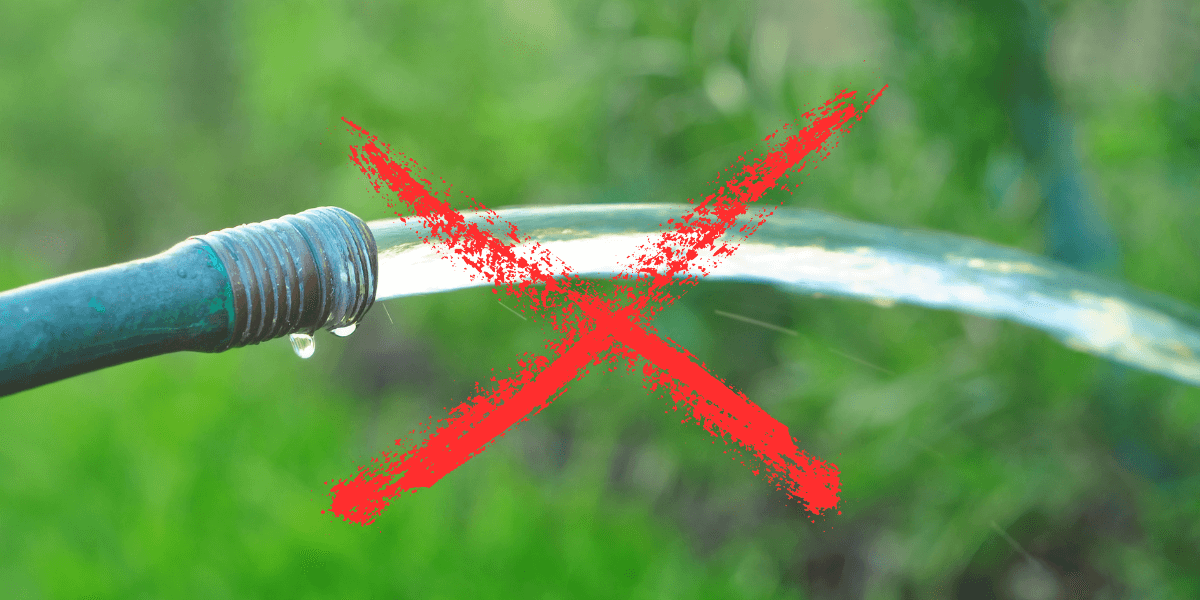Can You Use Fire Extinguisher on Electrical Fire?

"Can you use fire extinguisher on electrical fire?"—it's a question that comes up more often than you'd think. It sounds straightforward, but in the middle of a real emergency—with smoke, sparks, and panic—it's easy to grab the wrong thing.
Electrical fires bring their own set of risks. You're not just dealing with flames here—you're dealing with live power, hidden wires, and the potential for electrical shock if you respond the wrong way. Water is the last thing you want near it. One wrong move can turn a small fire into a much bigger problem.
The type of fire extinguisher you use matters. Not every extinguisher is made for every kind of fire. When it comes to electrical fires, you need something safe, fast, and specifically designed to handle energized equipment.
Key Takeaways
- Electrical fires often start from unnoticed issues like faulty wiring or electrical failure and require fast, informed action.
- Never use water on an electrical fire—Class C fire extinguishers with non-conductive agents are the safe choice.
- Staying prepared with proper equipment and knowing when to call the fire department can prevent serious damage or injury.
What Makes an Electrical Fire Different
Electrical fires have their own rules. These are classified as Class C here in the U.S. and they involve energized electrical systems like wiring, outlets, circuit panels, appliances, and anything else running live current.
The danger isn't confined to the flames—it's also the electricity still flowing through the system. What this means is that water becomes a serious hazard since it conducts electricity and can lead to shock or even electrocution. The fire itself might look manageable at first, but the risks are hidden behind walls, cords, and devices.
How it starts
Electrical fires can start from something as simple as an overloaded electrical outlet or a space heater pulling more power than it should. Damaged cords, aging appliances, frayed wires, and faulty breakers are all common culprits. Even a surge or short circuit can ignite insulation or nearby flammable materials without much warning.
They often begin quietly. Flickering lights, breakers that trip frequently, or outlets that feel warm—these are all early warning signs. And once the fire starts, it can spread quickly behind walls or ceilings, making it harder to see and harder to fight.
The difference with this type of fire is that you're not just putting out flames; you're also dealing with a live system that reacts to how—and what—you try to fight it with. That's why Class C fires require extra care and very specific tools.
The Right Tools for the Job: Fire Extinguishers That Work on Electrical Fires
To handle a Class C fire, you need an extinguisher that stops the flames without conducting electricity. That rules out water and foam—both can carry current and turn a risky situation into a dangerous one.
CO₂ (carbon dioxide) extinguishers are a top choice for electrical fires. They work by displacing oxygen and quickly cooling the area, snuffing out flames without leaving behind any residue.
Since CO₂ is a non-conductive gas, it's safe to use on live electrical systems. It's also clean, which makes it a great option around electronics, control panels, or anywhere you don't want to deal with post-fire cleanup.
Dry chemical extinguishers are another effective option. These use non-conductive powder agents—often monoammonium phosphate or sodium bicarbonate (more commonly known as baking soda)—to interrupt the chemical reaction that keeps a fire going. They work fast and are widely available, making them a common pick for both homes and workplaces.
However, dry chemicals do have trade-offs. They leave behind a thick residue that can damage sensitive equipment and create a mess. Still, in the middle of an electrical fire, that's a small price to pay for stopping the spread.
What both of these options have in common is simple: they're designed to deal with fire without putting you at risk of electrical shock. When the power's still live, that's not just a convenience—it's critical.
Why Water and Certain Extinguishers Are Dangerous

The instinct to grab a bucket of water or aim the nearest extinguisher can be strong, but with electrical fires, that move could turn dangerous fast. Water conducts electricity. If you throw water on an electrical fire, you're giving the current a new path to follow. And that could be straight into the person holding the hose.
Use the right fire extinguisher
Standard water-based extinguishers (typically labeled for Class A fires) are designed for ordinary combustibles like wood or paper. They're absolutely the wrong type to use on anything involving a live electrical system. Foam extinguishers fall into this risky category, too. While great for some flammable liquids, they also contain water and can still conduct electricity.
Even multi-purpose extinguishers need to be checked for Class C labeling. If it's not clearly marked as safe for electrical fires, don't assume it is.
Don't panic
One of the biggest risks during an electrical fire is panicking and reaching for the familiar—like water or a household extinguisher that's not rated for this type of fire.
It's important to understand the labels, keep the right extinguishers nearby, and train staff or household members on what not to use. The wrong reaction can do more than just fail—it can turn a small fire into a devastating disaster.
Best Practices for Handling Electrical Fires
If an electrical fire starts, the first step is—only if it's safe to do so—turn off the power source. Do this by either unplugging the device or flipping the circuit breaker. Cutting the power reduces the risk of shock and can stop the fire from growing.
Check the label
Next, use a Class C fire extinguisher. That label matters. It means the extinguisher is safe to use on energized electrical equipment and won't conduct electricity back to you. Make sure everyone in your home or workplace knows where the extinguishers are and how to use them. A fast response only works if the right tools are close by.
Prevention is a must
Prevention also plays a huge role. Regular maintenance of electrical equipment can catch issues like frayed wires, overloaded circuits, or outdated outlets before they become a fire hazard. Watch for signs—flickering lights, warm outlets, and breakers that trip often. These are warnings.
Make it a habit to inspect power strips, space heaters, and extension cords. Avoid plugging too many devices into a single outlet. And keep flammable materials away from any heat-producing electronics.
Working smoke detectors, a solid fire safety plan, and up-to-date extinguishers designed for electrical fires can make all the difference between a small scare and a major loss. Staying ready is easier than recovering.
Conclusion
Electrical fires move fast and come with risks that go far beyond flames. The right fire extinguisher—like a Class C model—can stop the danger without making things worse. Paired with regular equipment checks and smart safety habits, it's one of the simplest ways to protect your space and everyone in it.
Where Preparation Meets Protection: Swartz Fire & Safety's Role
Knowing what to do in an electrical fire is one thing—having the right support in place before it happens is what truly keeps people safe. This is where preparation shifts from theory to action.
Swartz Fire & Safety helps homes and businesses stay ahead of risk with fire extinguishers specifically rated for electrical fires, including Class C models and CO₂ units. But we don't just sell equipment—we make sure it's the right equipment for your space, that it's installed correctly, and that it's regularly inspected so it's ready when you need it.
Our team also offers on-site training, walking teams through how to respond quickly and safely in real-world scenarios. We help identify potential fire hazards like overloaded circuits, outdated panels, or the improper use of extension cords so you're not just reacting to danger; you're reducing it before it starts.
From small office buildings to industrial facilities, we tailor every recommendation to fit the electrical systems and fire risks specific to your setup. Because fire safety isn't one-size-fits-all—and when electricity is involved, guessing is never an option.
Contact us now for an obligation-free consultation.
Frequently Asked Questions
Can you use a normal fire extinguisher on an electrical fire?
Not all fire extinguishers are safe for electrical fires—only those labeled as Class C are designed to handle energized electrical equipment without conducting electricity.
Are fire extinguishers safe for electrical fires?
Yes, but only if they're the right type. Class C fire extinguishers, including those with dry chemicals or carbon dioxide, are safe for electrical fires because they use non-conductive agents.
Which fire extinguisher is used for electrical fires?
Class C fire extinguishers are used for electrical fires. These often contain CO₂ or dry chemicals that smother flames without risking electrical shock.
How do you extinguish an electrical fire?
Shut off the power source if it's safe, then use a Class C extinguisher to put out an electrical fire quickly. Never use water on an electrical fire—it can conduct electricity and cause serious injury.


